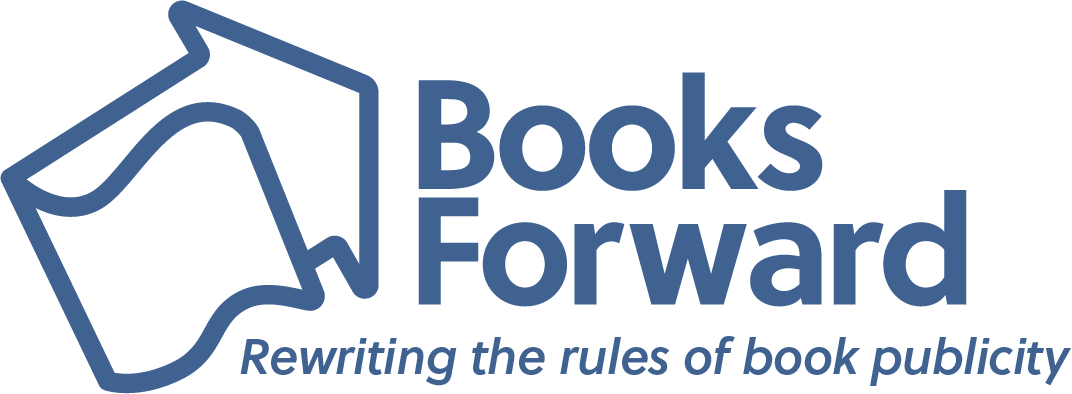LAKEVILLE, Connecticut – Prolific lawyer-turned-fiction writer T.C. Morrison is back with his signature humor and incisive social commentary, exposing the absurdities of modern American litigation with his latest side-splitting satire, “Send in The Tort Lawyer$” (Sept. 12, 2023, iBooks). Prepare to laugh until you cry as fearless tort lawyers Pap and Pup navigate uproarious lawsuits that are endemic of our time.
In “Send in The Tort Lawyer$”, Patrick A. Peters (“Pap”) and Prescott U. Peters (“Pup”) — whose zany exploits delighted readers in Morrison’s previous standalone novels — find themselves in a lawsuit on behalf of consumers who bought what turned out to be worthless crypto currency from the now bankrupt FUX; lawsuits challenging the labeling of Godiva Belgian Chocolates and a Vermont company’s ice cream purportedly made from the milk of “happy cows”; and yet another lawsuit on behalf of the unforgettable Lydia Lowlace, who’s image from Playboy is now part of a collection of non-fungible tokens sold by an off-shore start-up.
Morrison, who spent over 40 years trying cases around the country and arguing appeals in eight of the 11 federal courts of appeal, brilliantly weaves a tale that will reduce readers to tears while also examining modern-day American litigation and the abuses of the class-action system. Poking good-natured fun at his own profession and its practitioners, “Send in The Tort Lawyer$” is sure to delight with its humor and message.
“Send in The Tort Lawyer$”
T.C. Morrison | Sept. 12, 2023 | iBooks | Fiction
Hardcover | 9781596879867 | $27.95
Other Books by T.C. Morrison
“This excellent satire exposes the extreme tort judicial excesses of today. … Read this book for the rare combination of enjoyment and education.” — Gene Dattel, retired investment banker and author
“Tort$ R Us”
Patrick A. Peters (“Pap”) and his twin brother Prescott U. Peters (“Pup”) are lawyers with a distinctive eye for opportunity. Pap convinces Pup, who is a good lawyer despite having gone to Yale Law School, that they should leave their respective big-firm practices in New York City to start up a hopefully lucrative practice as plaintiffs’ class action lawyers. The brothers meet a variety of clients, judges, and lawyers as they embark on a resourceful and unique approach to lawyer-client relationships all inspired by actual court cases. Written with humor and parlance that only comes from a depth of legal experience, Morrison captures the trials and tribulations of human behavior that strike a chord with every reader.
“Another riotous romp through the courts … A fun read for anyone interested in seeing the
lighter side of the staid legal profession.” — Bob Scherer, retired trademark lawyer
“Please Pass the Tort$”
Patrick A. Peters (“Pap”) and Prescott U. Peters (“Pup”), the intrepid tort lawyers whose zany exploits delighted readers of Torts R Us, return with another round of legal shenanigans guaranteed to make you laugh until you cry. Their latest antics include a lawsuit against the Russian government for entrapping a well-known Congressman in a honey trap, attempting to liberate all the chimpanzees in the Bronx Zoo, and representing the unforgettable Lydia Lowlace in lawsuits against unscrupulous strip club owners and video game makers who have taken advantage of her sudden fame. The brothers even concoct a plan to revitalize Connecticut’s three poorest cities by turning them into a mecca for nationwide tort lawsuits. Settle into your favorite chair to make sure you don’t fall on the floor laughing at the latest exploits of these lovable lawyers who will stop at nothing in their pursuit of publicity, fame, fun and money.
About the Author
 T.C. MORRISON grew up in Columbus, Ohio. A graduate of Otterbein University (Ohio) and New York University School Of Law, Morrison followed his education with four years of active duty in the U.S. Air Force Judge Advocate General Corps. He then returned to the New York City law firm Rogers and Wells where he had been a summer associate, becoming a partner in 1975. In 1977, he joined Patterson Belknap Webb and Tyler, where he served as a litigation partner for 34 years and became a well-known leader in the field of advertising and trademark litigation. He spent his last five years as a partner in the New York office of the Los Angeles-based firm Manett, Phelps and Phillips.
T.C. MORRISON grew up in Columbus, Ohio. A graduate of Otterbein University (Ohio) and New York University School Of Law, Morrison followed his education with four years of active duty in the U.S. Air Force Judge Advocate General Corps. He then returned to the New York City law firm Rogers and Wells where he had been a summer associate, becoming a partner in 1975. In 1977, he joined Patterson Belknap Webb and Tyler, where he served as a litigation partner for 34 years and became a well-known leader in the field of advertising and trademark litigation. He spent his last five years as a partner in the New York office of the Los Angeles-based firm Manett, Phelps and Phillips.
During his final year of practice, Morrison began thinking about his long-held desire to write a novel. Believing that most lawyers take themselves far too seriously, he conceived the idea of a farcical novel about class action lawyers and their quest for fame and fortune, often at the expense of their clients, leading to his first “book, Tort$ ‘R’ Us.” His second book, “Please Pass the Tort$,” received exclusively five-star reviews on Amazon and was featured in an article by Mackensie Dawson in the December 5, 2021 issue of the New York Post. Learn more about Morrison’s work at https://tortsrusbook.com/.
In an interview, T.C. Morrison can discuss:
- How his latest book delves into the timely issue of cryptocurrency
- Balancing humor with a tongue-in-cheek look at the legal system
- Using satire as a tool for analyzing America’s legal system, specifically the abuses of the class-action system
- What he hopes readers will glean from his work and the important insight it provides into the American justice system
- His time as a partner at law firms, the impact he made with his practice and how that has informed his writing
An interview with T.C. Morrison
1. What first drew you to writing fiction?
I have a lifelong love of fiction and have always wanted to write a novel. In fact, during my four years in the Air Force, I wrote a “spy” novel. Fortunately, it was never published. As my legal career wound down, I resumed thinking about writing a novel. I quickly realized that, while I knew nothing about spies except what I read in spy novels, I knew a lot about lawyers and lawsuits. And it didn’t take me long to realize that I did not want to write a legal “thriller” or any kind of nonfiction book about the law; I wanted to write a satire about the profession that would generate lots of laughs.
2. Why did you decide to use satire specifically to get your points across regarding the American legal system?
My objective was not to make a point about the American legal system but to write a humorous book about my profession. I have always thought that many, maybe most, lawyers take themselves too seriously and that there is a lot of humor in the cases we litigate and the way we interact with adversaries and judges. Now, the abuse of the class-action mechanism is, in my judgment, one of the best examples of the excesses of American litigation. But a “serious” book on that subject would be of scant interest to most readers. By making my protagonists lovable rascals who bring sometimes dubious class actions on behalf of clients who are lovable eccentrics, I can serve up the humor in a way that also makes a serious point about modern class action litigation.
3. Where did this story come from? Did you pull any real experiences from cases during your practice?
Every case in book one (“Tort$ R Us”) and most of the cases in books two and three are takeoffs on real cases. And the cases in the first part of book one — which explore Pap’s and Pup’s legal careers before they formed their class-action firm — are all based on cases that I personally tried. So while my starting point is real-life cases, the nice thing about writing legal fiction is that you can change the facts to suit your purpose. For example, while there have indeed been several cases involving attempts to free chimpanzees and elephants from zoos, none of them have centered on the use of an expert in animal communication to speak with the animals and recount the animals’ feelings and wishes in courtroom testimony. My character Dr. Doolittle — who appears in both books two and three — does just that to great comic effect.
4. Where does your inspiration come from?
My inspiration was Joseph Heller’s “Catch-22,” which I read on my way to Korea in the Air Force. I loved the way Heller was able to turn everything — every character and every conversation — into farce. The numerous spurious class-action cases filed every year, and the constant ads by class-action lawyers soliciting clients to avenge every imaginable wrong, provide the necessary fodder for my efforts.
5. Not to spoil anything, but your new book centers on the hot topic of cryptocurrency. What drew you to writing about NFTs and did you do any special research to learn more about them?
The news of the FTX cryptocurrency debacle was breaking just as I was starting to write the current book. The story was covered daily in both The Wall Street Journal and The New York Post, and I supplemented those stories with online research. The underlying story was so preposterous — people pouring billions of dollars into a cryptocurrency that had no inherent value and a company run by a 30-year-old kid wearing shorts, sandals and a T-shirt who was thought to be brilliant because he was so eccentric — needed no fictional embellishment. I didn’t have to make anything up; it all happened in real life. This case is the exception to most of the cases in my books: It is actually a perfect use of class-action litigation as millions of people suffered huge financial losses due to a really bad scheme. I used my deep experience in false advertising litigation to come up with a remedy for Pap and Pup to pursue on behalf of the individuals who lost tons of money in the scheme and who could never recover their losses from the company itself.
6. What do your fellow lawyers think about your fiction work?
My fellow colleagues in the profession have uniformly loved the first two books. That includes former partners, former clients and a couple of federal judges. One of them said he had not laughed so hard since reading “Portnoy’s Complaint.” Even the executive director of the Tort Museum — the Ralph Nader-funded museum in Winstead, Connecticut, that is a shrine to tort lawyers — enjoyed the book and engaged with me in a fun podcast. While the class-action lawyers who advertise on television for clients may not appreciate the books, I think most lawyers recognize that there is lots of humor in our profession and especially in the ever-growing number of lawsuits filed to redress every conceivable wrong.
7. How does this new book differ from your previous books?
This book is really a continuation of the saga of Pap and Pup and their innovative, aggressive class-action law firm. A new associate has joined the firm, and Chip, the firm’s wildly successful Lothario, quickly beds her as well as a new client while maintaining his relationships with Candy (the firm’s voluptuous paralegal), Lydia (the former lap dancer and Playboy centerfold) and Francoise (his live-in girlfriend). New wacky clients are introduced, including Dr. Irene Goodknight (a sleep doctor) and Peachy Keane (a retired advertising executive), and Dr. Doolittle (the animal communicator) is pressed into action in two separate cases. What is different in this book is that one of the firm’s new cases — against celebrities who shamelessly promoted the sale of cryptocurrency by the now bankrupt FUX company — is an appropriate and sound use of the class-action mechanism.
8. What projects are you working on next?
I am a bit of a one-trick pony so I plan to continue with another book in the Pap and Pup series. My computer consultant, who has helped me with computer matters for all three books, has suggested I bring AI into the picture. This is, of course, a huge development with enormous consequences for the country; it is also chock full of legal issues, some of which are quite amusing. For example, an AI “lawyer” was named to the best lawyers in America list; a lawyer was recently rebuked by a judge for filing a brief full of phony precedents that was generated by AI; and a recent lawsuit was generated solely by AI. So, this field is rife with possibilities.

A former award-winning journalist with national exposure, Marissa now oversees the day-to-day operation of the Books Forward author branding and book marketing firm, along with our indie publishing support sister company Books Fluent.
Born and bred in Louisiana, currently living in New Orleans, she has lived and developed a strong base for our company and authors in Chicago and Nashville. Her journalism work has appeared in USA Today, National Geographic and other major publications. She is now interviewed by media on best practices for book marketing.
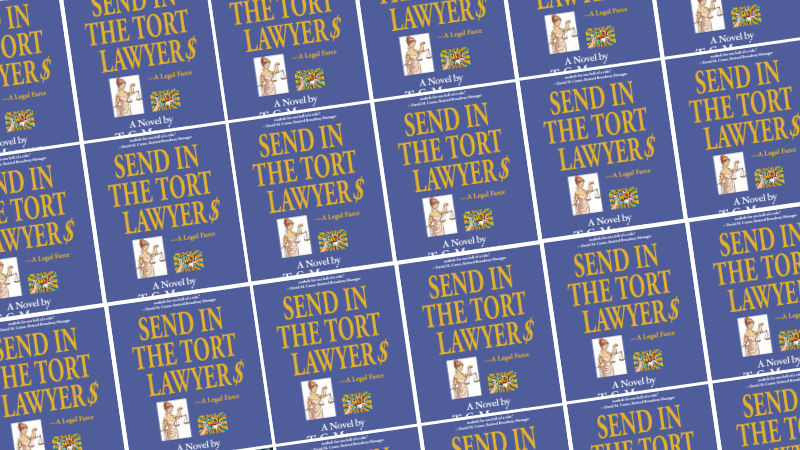
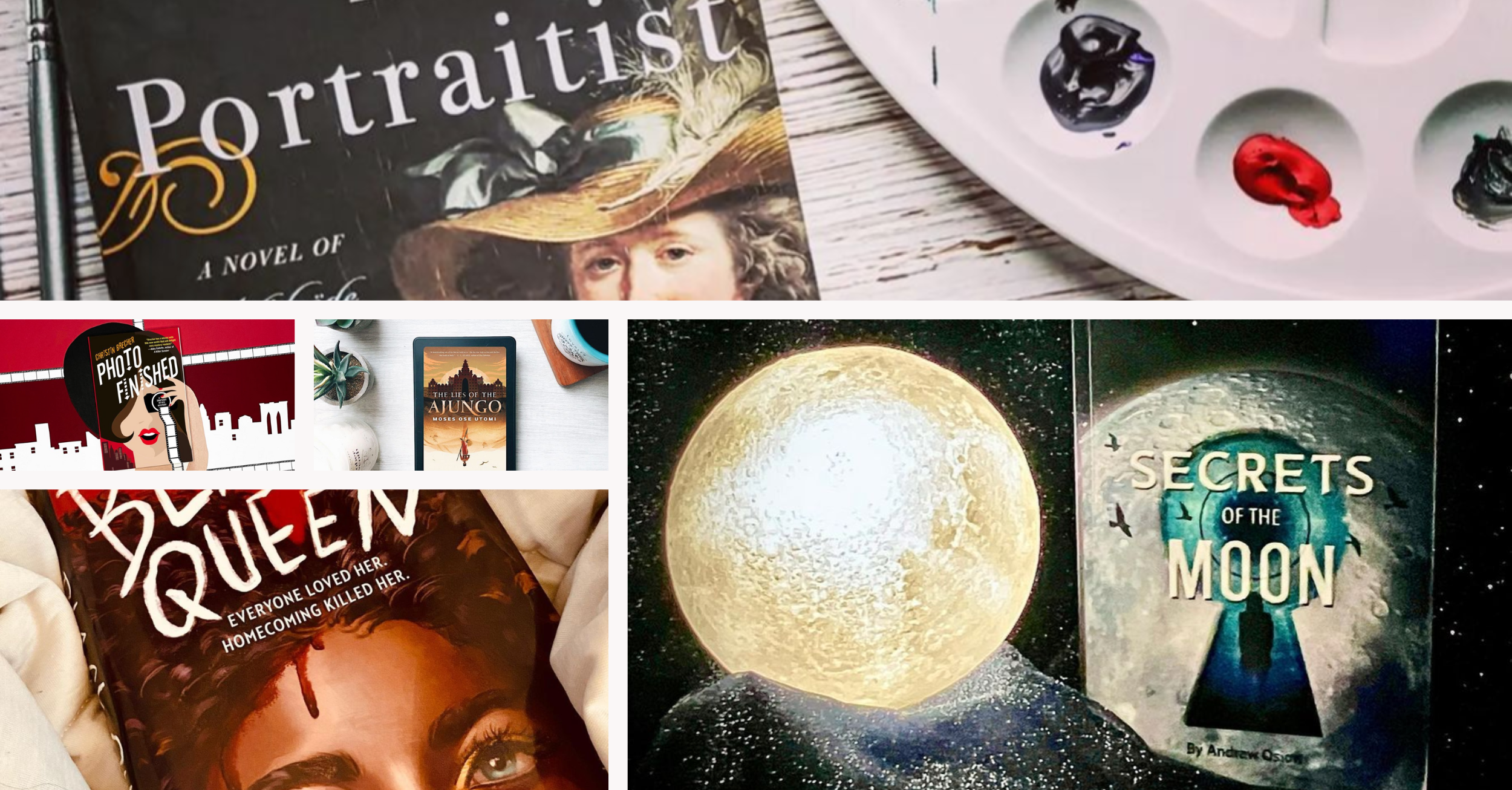






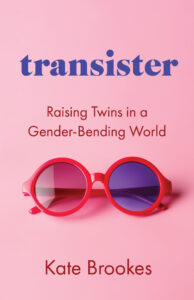 NEW YORK, New York
NEW YORK, New York



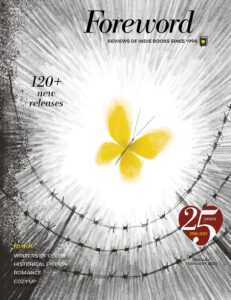

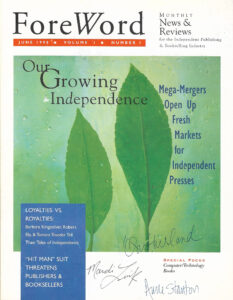
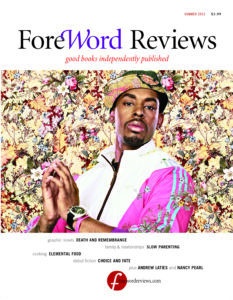
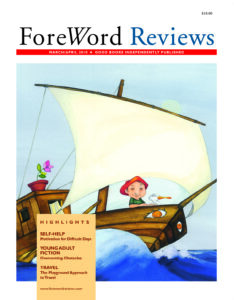
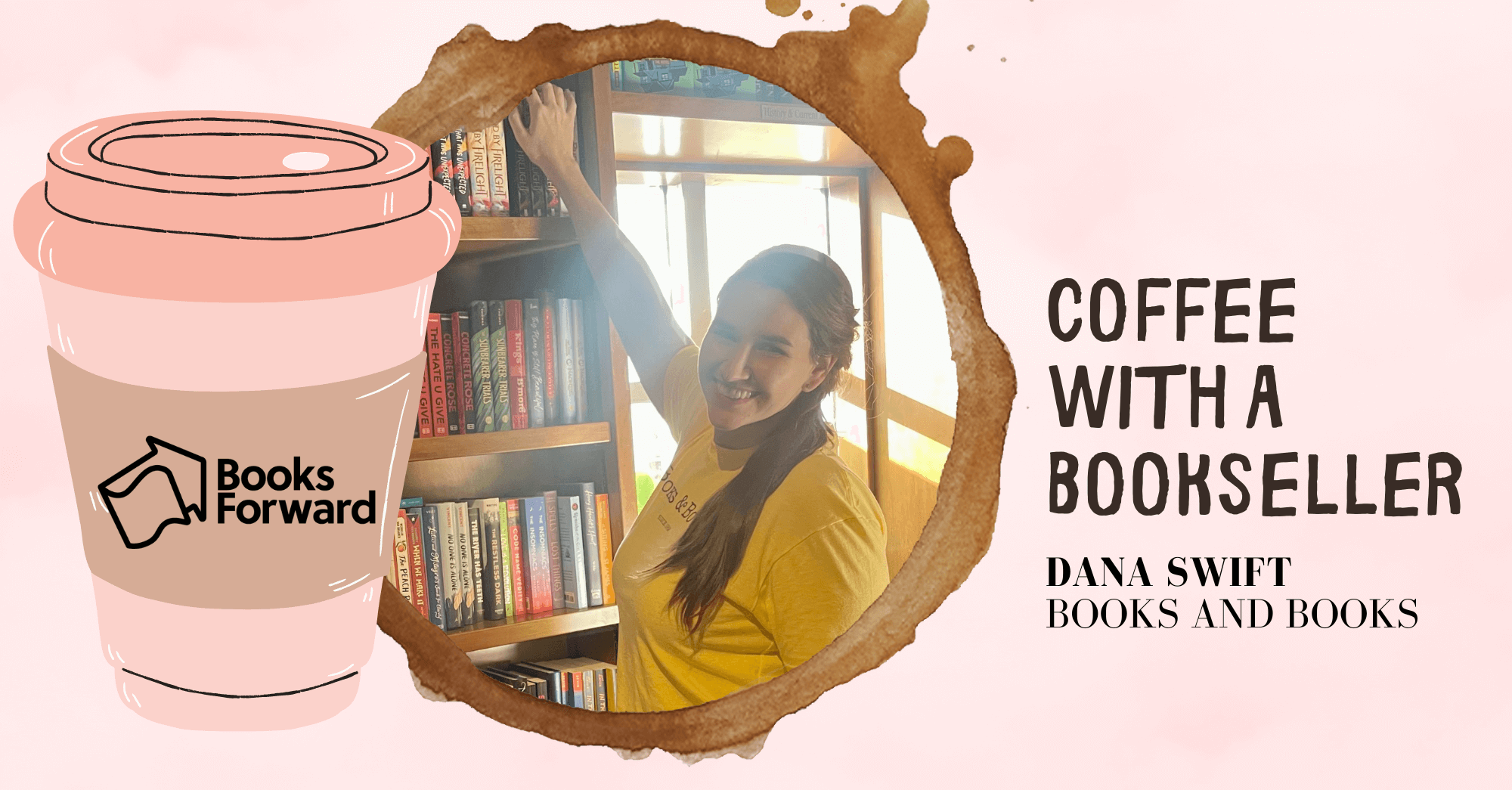

 What’s your favorite area of your bookstore?
What’s your favorite area of your bookstore?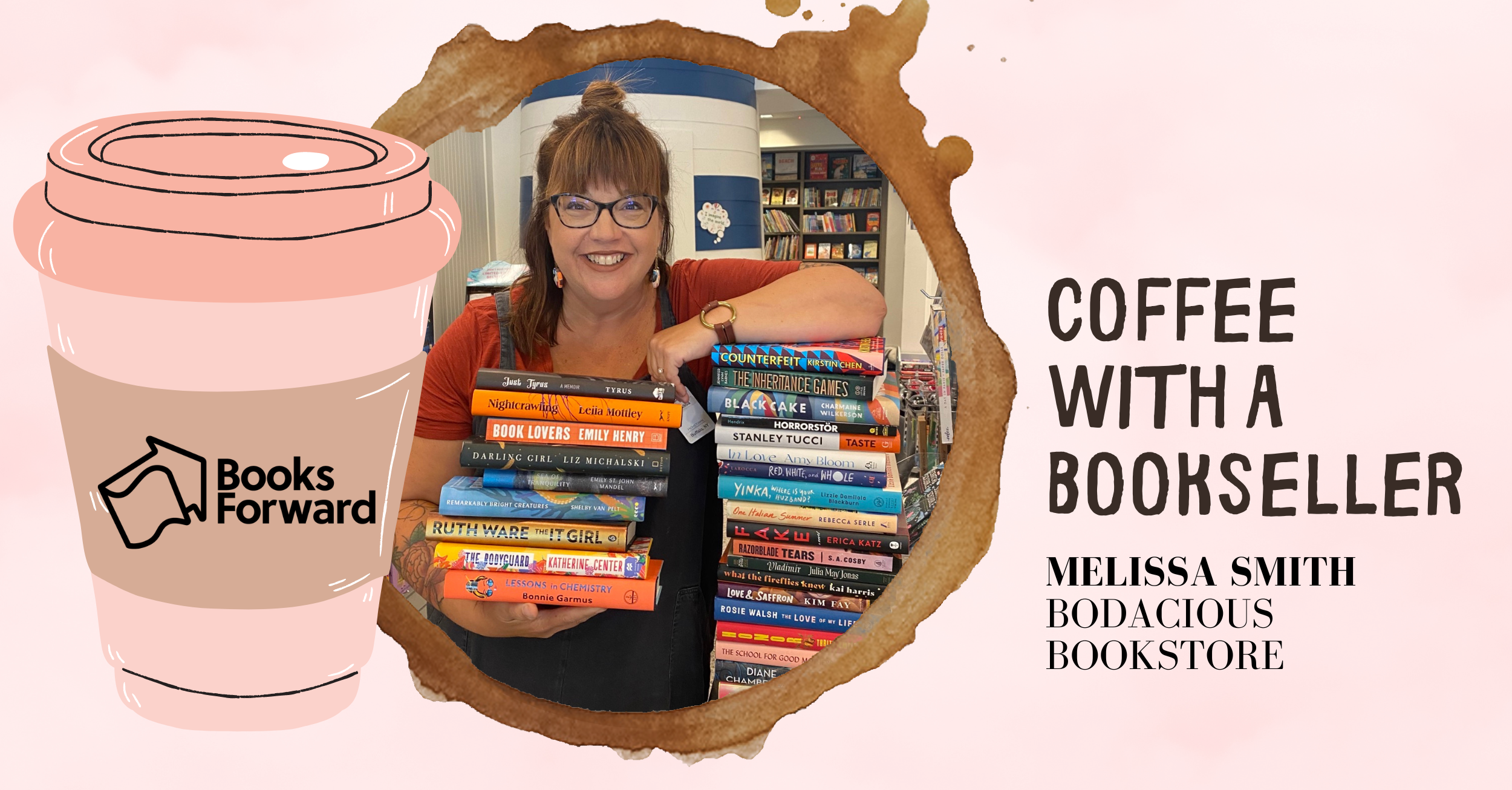
 What’s your favorite area of your bookstore?
What’s your favorite area of your bookstore? 
 What’s the best dedication or first line of a book that you can remember?
What’s the best dedication or first line of a book that you can remember?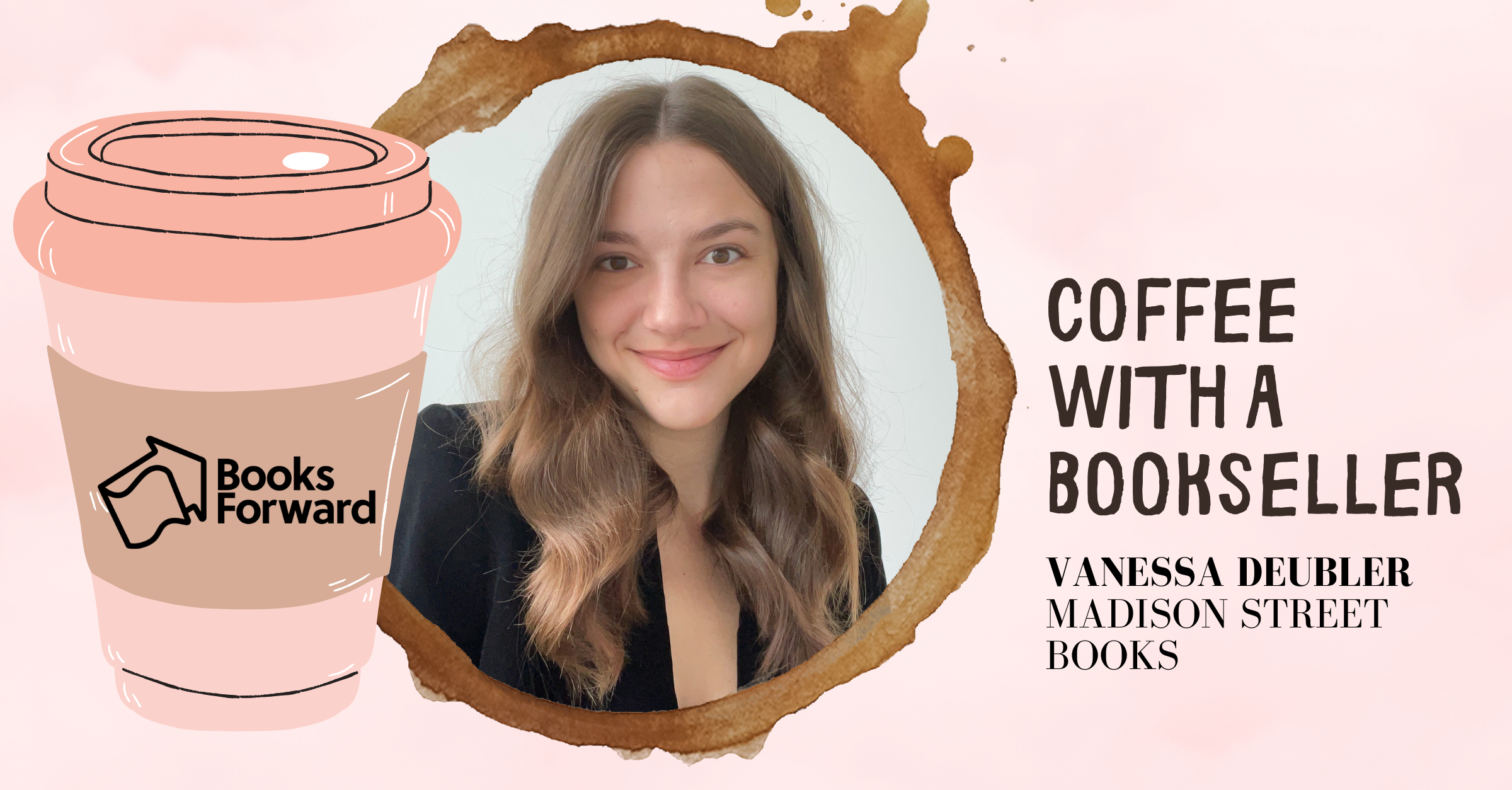
 What’s your favorite area of your bookstore?
What’s your favorite area of your bookstore? Can you recommend an underrated readalike book for one of the store’s top titles?
Can you recommend an underrated readalike book for one of the store’s top titles?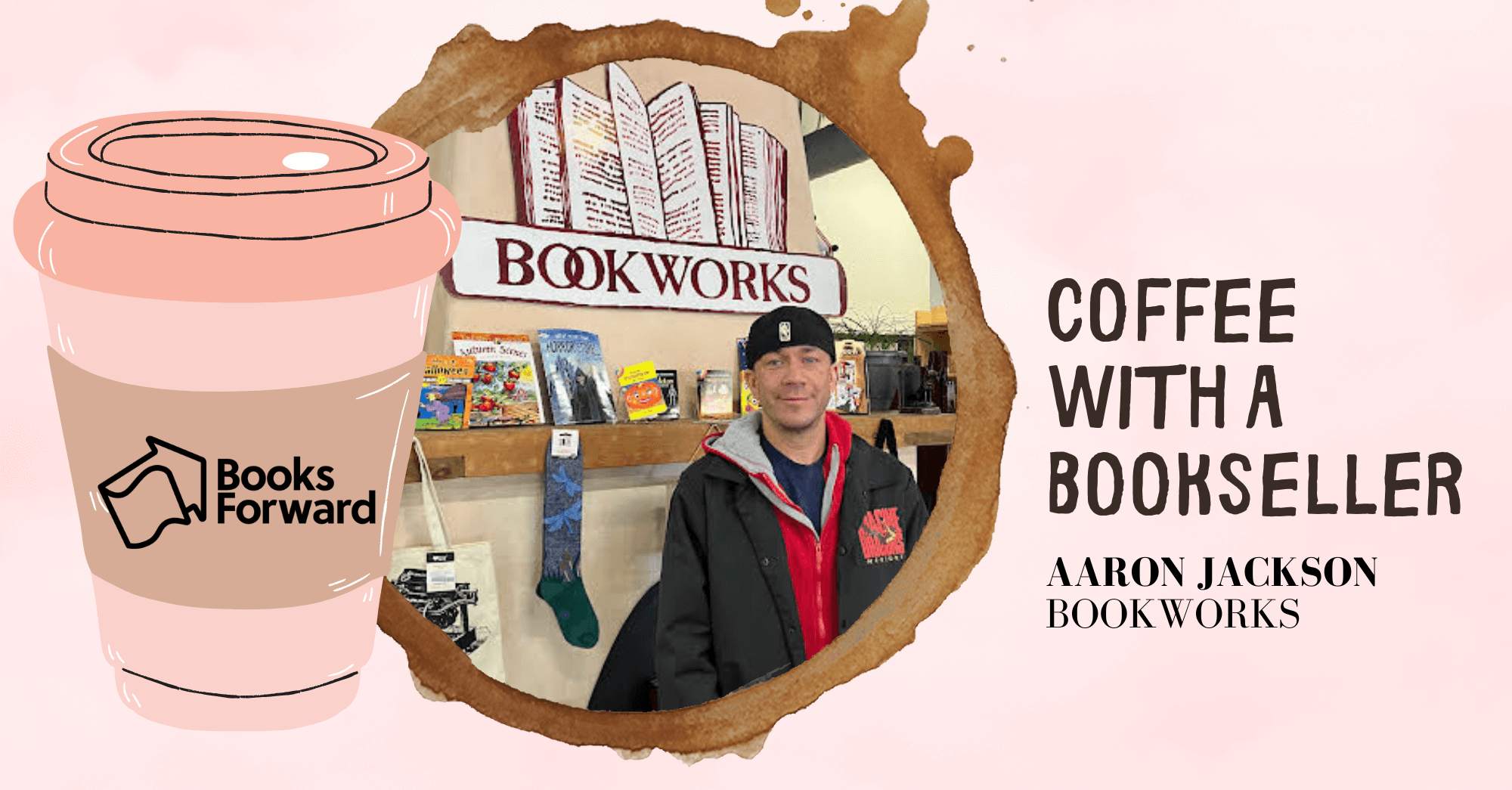
 What’s your favorite area of your bookstore?
What’s your favorite area of your bookstore?
 What’s your favorite area of your bookstore?
What’s your favorite area of your bookstore? Do you have a strange customer story?
Do you have a strange customer story?